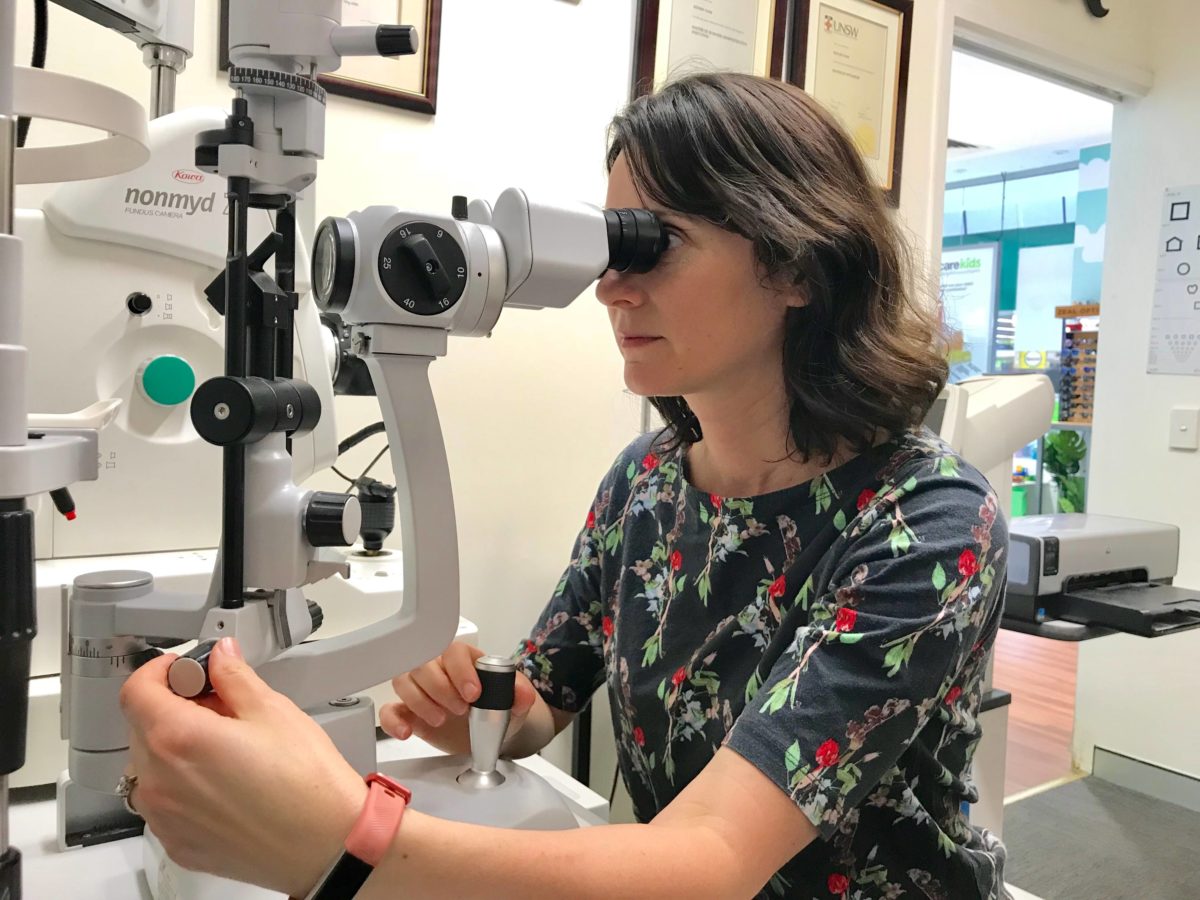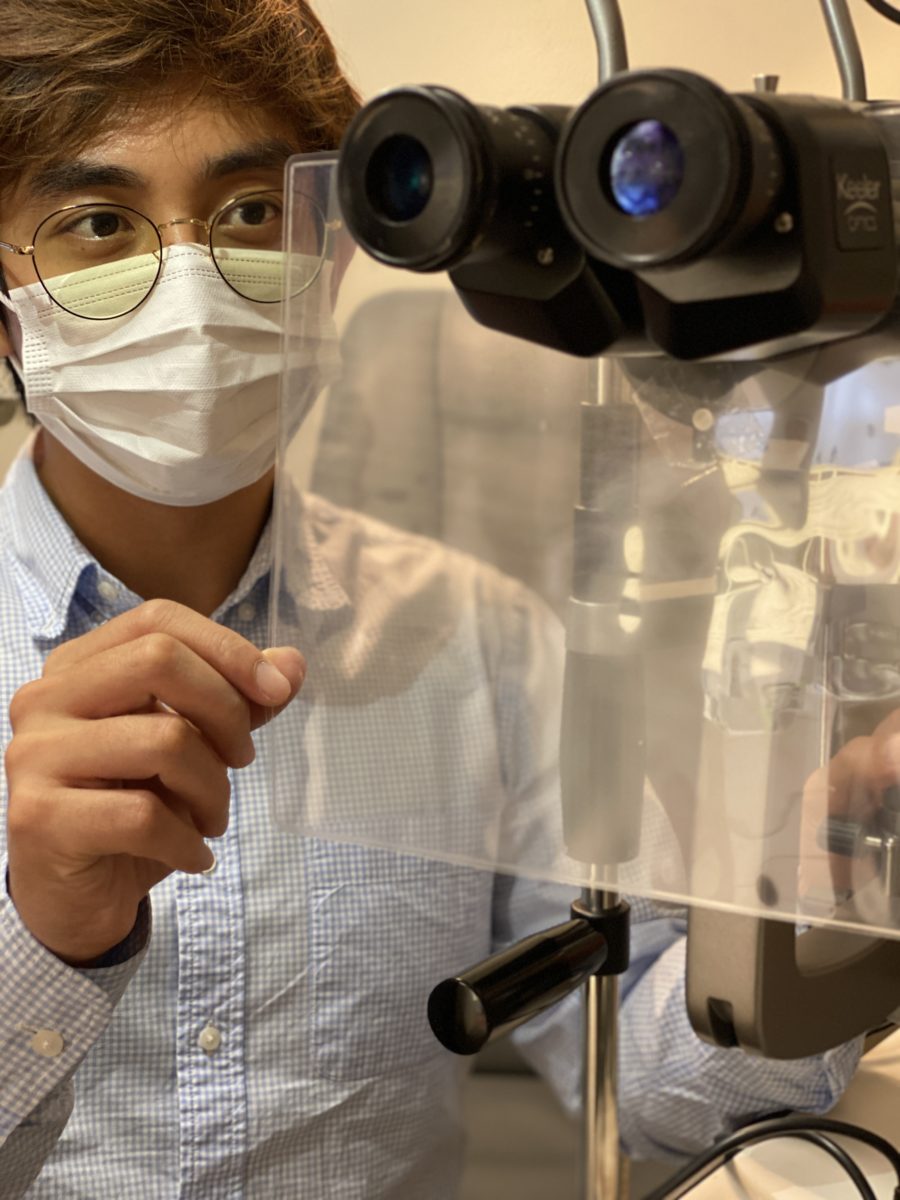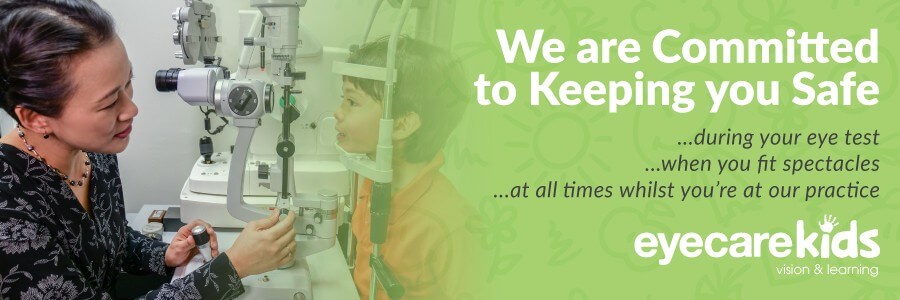During the early months of 2020, when Australia was just recovering from the raging bushfires, another threat came swooping down globally. It was an invisible foe this time, something so tiny yet caused such huge devastation: the 2019 novel coronavirus, or COVID-19.
In what seemed like overnight, masks, sanitisers and toilet paper became scarce. People were panicking, and mostly everyone was afraid to go out. This affected a lot of businesses and service providers including the healthcare sector. Optometry was no exception.
The Coronavirus’ Impact on Optometry

The coronavirus pandemic swooped down so suddenly and unexpectedly, and mostly everyone was unprepared for it. On March 11, 2020, the World Health Organization (WHO) characterized COVID-19 as a pandemic.
Eyecare Kids Sydney optometrist Dr Tania Seligmann states, “When Covid-19 cases started to climb, and many people were encouraged to work from home, we optometrists were in a difficult position.”
“On the one hand we wanted to keep our practice open. We wanted to continue providing the excellent quality of care that we have always done. On the other hand, we wanted to keep both our staff and patients safe and well.”
Since Optometry is an essential service, many practices have remained open for eye emergencies and urgent eye conditions. Some have reduced work hours or closed on certain days. Just like many Australians, several eyecare professionals like locum optometrists and optical dispensers had to be temporarily stood down by employers, who retained only a skeletal workforce to cope with the challenging times.
Since COVID-19 is highly contagious, many practices only catered to patients with urgent eye conditions and eye emergencies such as sudden loss of vision, eye pain, red eyes, foreign body in the eye and other sudden changes in vision. High-risk patients such as the elderly or those with compromised immune systems were advised to postpone routine eye tests until things get better.
We Are Committed to Keeping our Patients and Team Members Safe

Eyecare Kids’ number one priority is the health of our patients, team members and the broader community, so we are taking significant extra safety precautions at this time.
From the very start we had remained vigilant and stayed informed for the sake of our health, our family and our patients.
Eyecare Kids Optometrist Dr Tania Seligmann states, “Very early on we ensured that all surfaces and equipment were fully sterilized between each patient. This meant that besides the regular cleaning of equipment, the countertops, all surfaces, chairs, keyboards, phones, frames, etc., were also all cleaned before a new patient was to enter the practice or the room.”
“Our optometrists and staff wore masks, and patients were also offered masks to wear. Our equipment was fitted with a plastic shield so that both patients and optometrists were protected. We practiced social distancing as much as possible and limited the amount of people in the practice at any one time.”
Dr Seligmann continues, “The benefit of remaining open was that we could test people who really needed to be seen. This would have especially been people with eye injuries, troublesome eyes or vision, or more importantly to triage patients that would have otherwise been sent to wait at the eye hospital, exposing them to ill people.”
“There were cases where children had broken glasses and couldn’t read their school work. There were other cases where people were experiencing lots of eye strain now that they were working on a computer all day at home.”
Adapting to This “New Normal” until Everything Settles
Our patients’ vision matters to us, so we remain open for their eye care needs. Just recently we have resumed providing our standard suite of optometric services, based on advice from the Australian Government Department of Health. Our optometrists use sound clinical judgment to determine which consultations can be conducted.
Despite the ease of restrictions, our 5 practices will continue to follow and uphold best practices on COVID-19 safety. We will continue to do our part to help flatten the curve while serving our local community.
And just like everyone else, we look forward to better days ahead.

